Other small animals
Some small animals other than insects or arachnids are a really charming subject of macro photography as well. Thanks to a camera we can have a closer look at them not depriving them of freedom or exposing to stress.
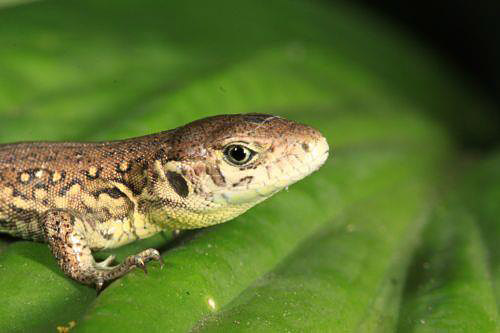
Canon 50d, Canon 100 mm L IS Macro, Macro Twin Lite MT-24 EX flash
A small sand lizard (Lacerta agilis) on a hosta leaf.
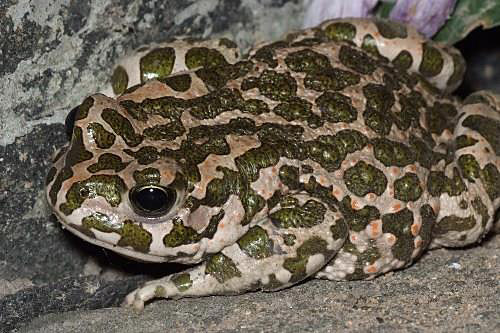
Fujifilm S 5 PRO, Sigma 180 mm 1:3,5 APO MACRO DG HSM EX, SB-600
The European green toad (Pseudepidalea viridis).
It looks nice, doesn’t it? I would probably think of kissing it if I were a princess. It might turn out to be an enchanted prince. An interesting thought about kissing this frog crossed my mind. The green toad has got the venom glands that produce two toxins on its skin. One of them influences the heart and the other has a hallucinogenic effect. There’s nothing strange about the fact that after a long kissing you can see a prince.
But let’s be serious now. Before I saw it, I could hear it as it croaks really loud. It can be heard from a distance of more than one kilometre.
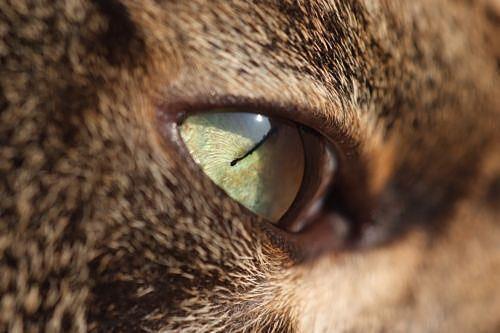
Canon 50d, Canon 100 mm L IS Macro
Oh! Those cat’s eyes! During the day their pupils are slit-like and at night they dilate
and become round which allows a cat to see in the dark.
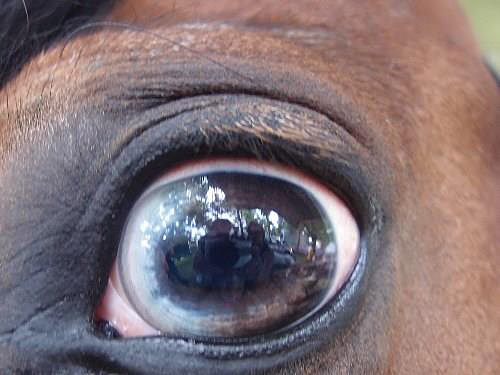
Olympus XZ-1
As you can see in this photo you can even look at yourself in the horse’s eye. Maybe it can show your true colours. Let’s hope the horse isn’t nervous or sensitive to paparazzi, otherwise it can end badly. As a matter of fact, there are plenty of threats awaiting photographers. The special industrial safety rules should be worked out. Let’s take stinging insects, for example. It is easy to make them angry and it’s not a joke then. It is advisable to practise sprint when you have a break from photographing. I advise you not to seek shelter in the water because you never know what lives there and you can suffer losses in equipment. Venturing deep into the forest in quest of insects and in the thick brushwood you can meet a viper or other venomous animal. I heard about a photographer who was rushed after by an upset swan as a result of which he dropped his expensive camera and he almost had a heart attack. A different one climbed a thin birch when he came across a wild boar (Sus scrofa) with her young. However, the weak tree started to bend under his weight and it finally cracked. The photographer fell to the ground with a great thud and scream which scared the boars so much that they ran a mile. I wonder if his equipment survived as damaging a camera was the worst that could happen to him. As far as the equipment is concerned, you have to be very careful because it is often put at risk. Once I wanted to take photo of an ostrich in a pen. I couldn’t use a DSLR camera because I didn’t want a wire mesh to be visible in the picture. I took out Olympus XZ-1, put its lens in a mesh and when I was about to take a shot when a bird pecked the camera lens strongly. Fortunately the lens wasn’t damaged. As the ostrich keepers told me a few photographers got rid of their cameras this way. However, I didn’t give up. Though each time the ostrich tried to peck a hole in my camera, I managed to take a few shots of it.
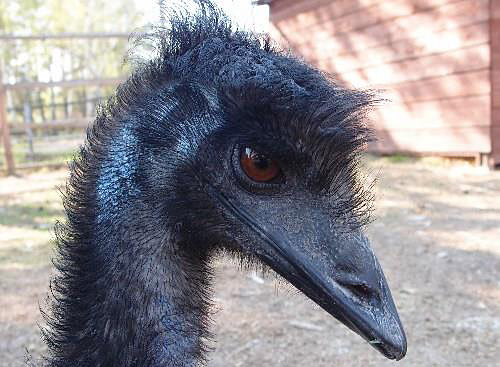
Olympus XZ-1
The snails can also be interesting subjects, and it is especially easy to photograph them.
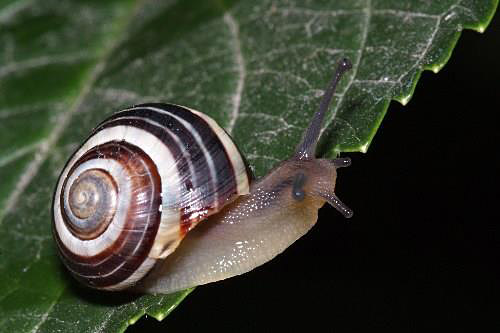
Fujifilm S 5 PRO, Sigma 180 mm 1:3,5 APO MACRO DG HSM EX, SB-600
The white-lipped snail (Cepaea hortensis) in the photo.
This young frog jumped on a plastic bucket lid after the rain.
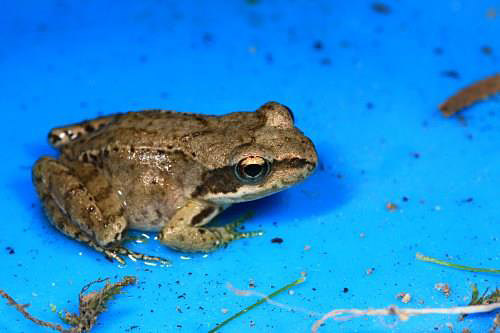
Canon 50d, Canon 100 mm L IS Macro
Birds are a really charming subject. Though it is no longer macro photography but rather nature photography, in which the telephoto lenses are very useful.
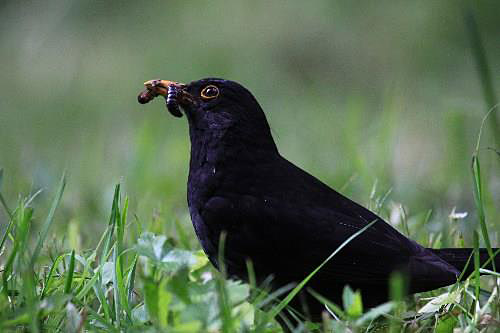
Canon 50d, Canon 100-400 mm L IS 1:4,5-5,6 400 mm f 5,6
The Common Blackbird (Turdus merula) having its meal.
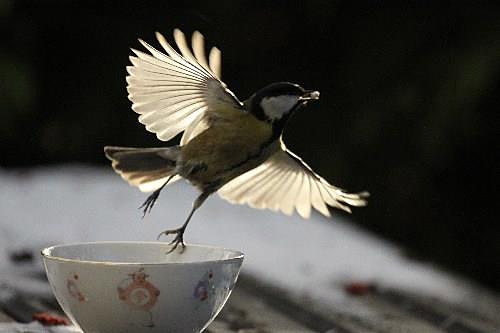
The Great Tit (Parus major).
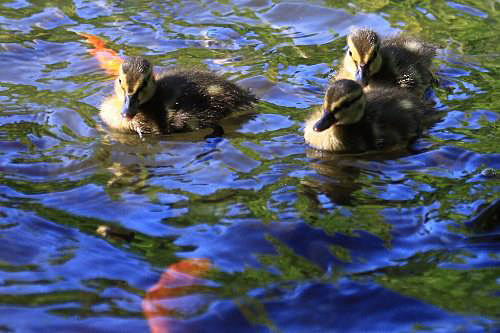
Canon 50d, Canon 100-400 mm L IS 1:4,5-5,6 400 mm f 5,6
Young mallards (Anas platyrhynchos) on the water with the reflections of the sky.
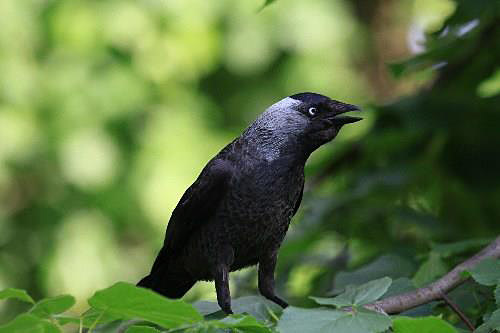
Canon 50d, Canon 100-400 mm L IS 1:4,5-5,6 400 mm f 5,6
The Western Jackdaw (Corvus monedula) clearly upset on seeing my dog.
It warns its neighbours with a loud croak.
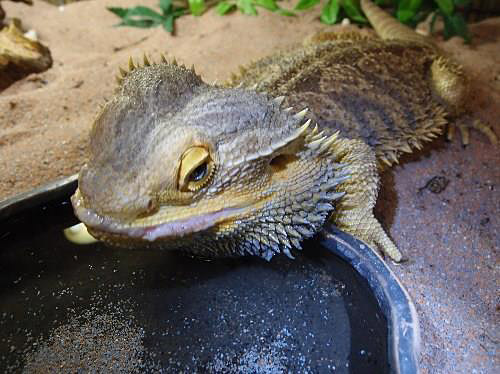
Olympus XZ-1
The central (or inland) bearded dragon (Pogona vitticeps) in the terrarium.
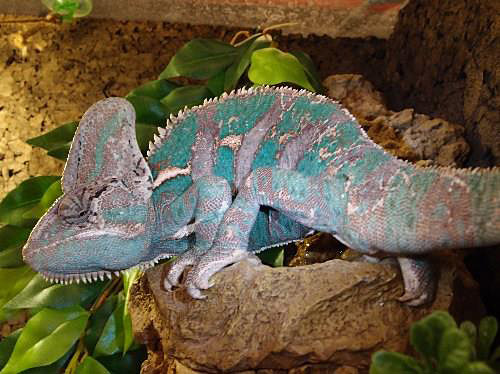
Olympus XZ-1
Chameleon
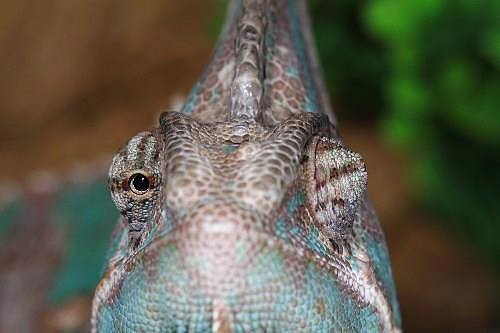
Chameleon, controlled squint.
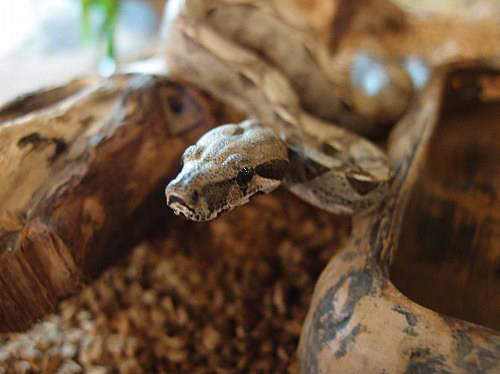
Canon 50d, Canon 100 mm L IS Macro, Macro Twin Lite MT-24 EX flash
Eyeball-to-eyball with a rainbow boa (Epicrates cenchria).


